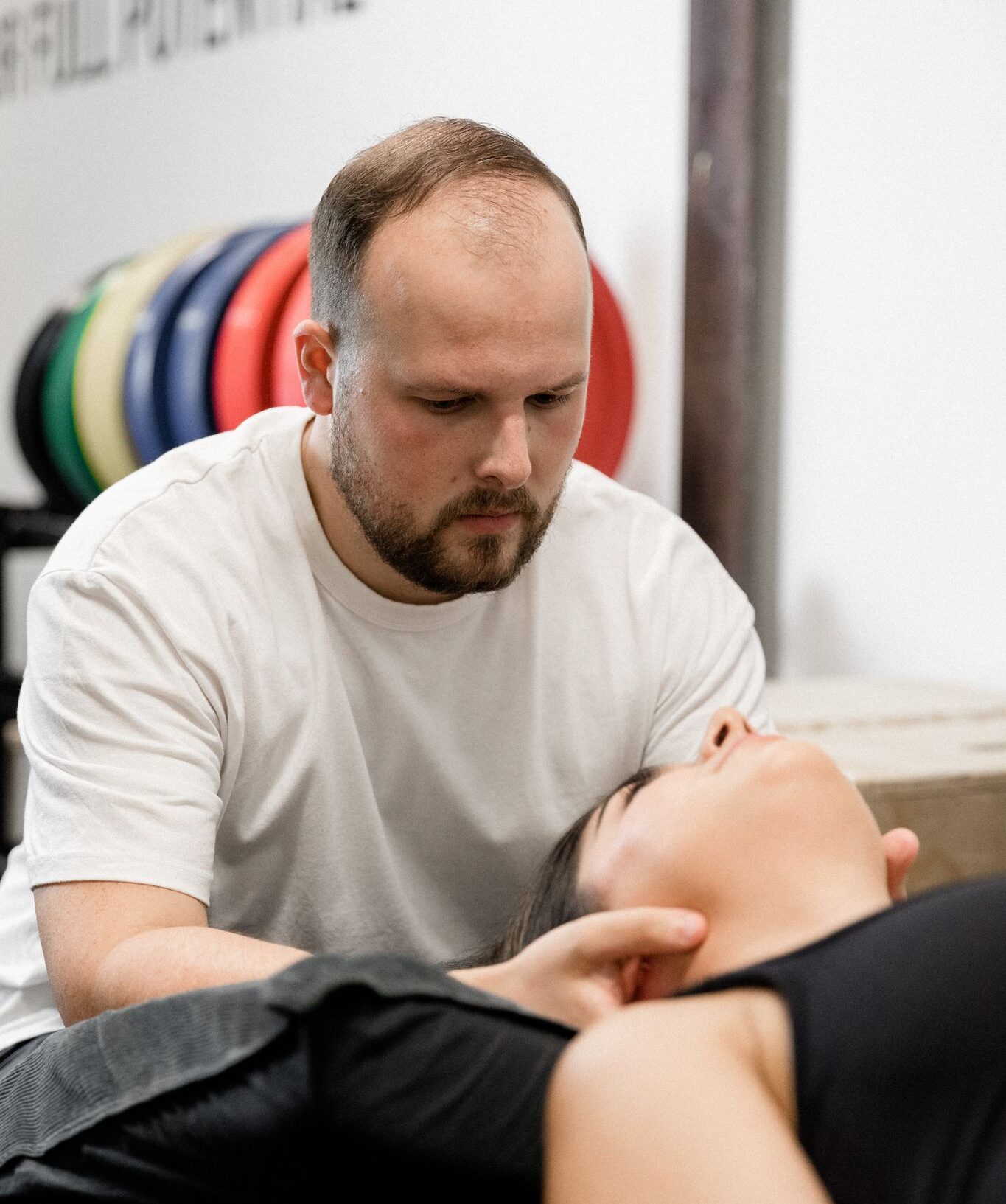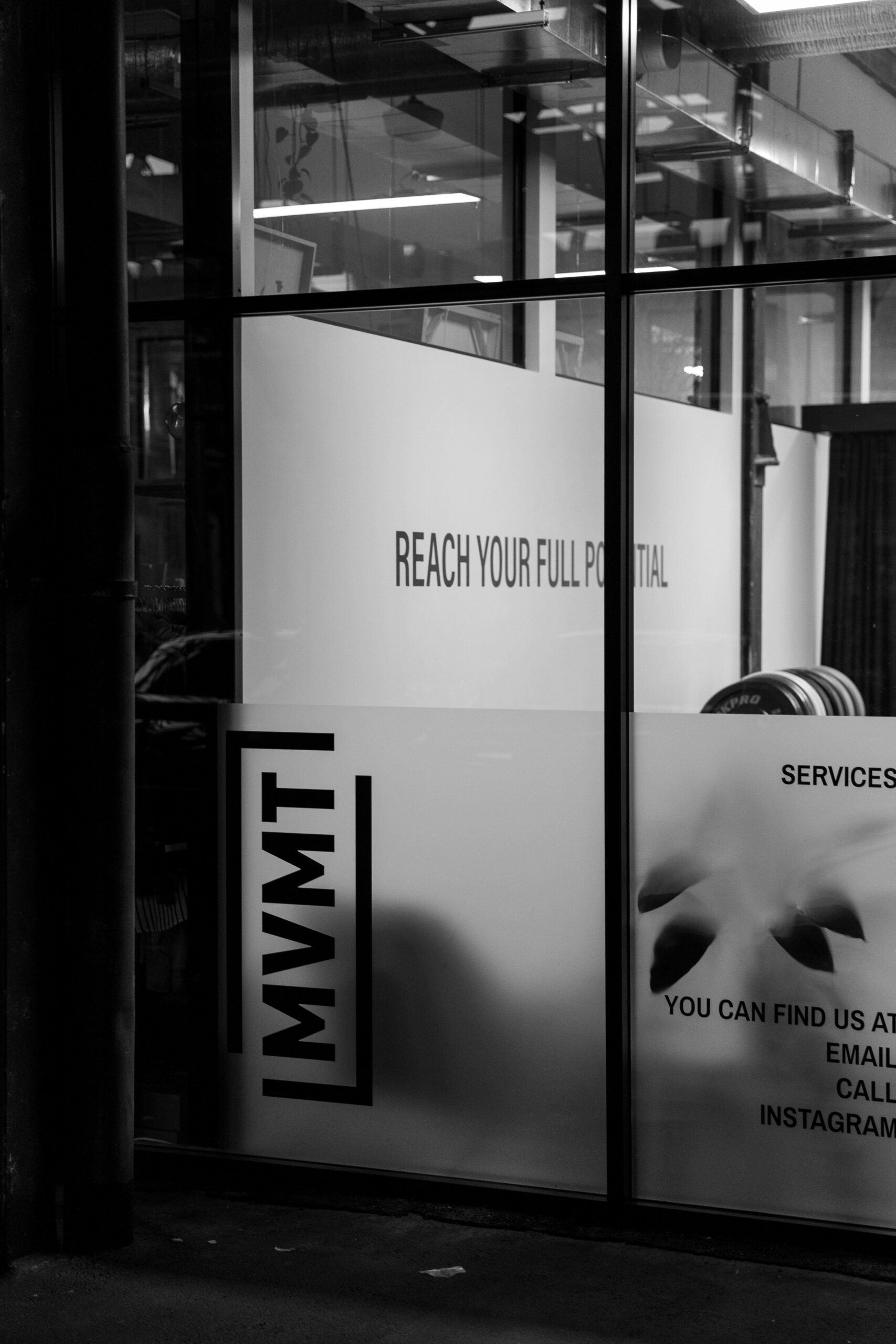Acromioclavicular Joint Sprain
Is your Acromioclavicular Joint Sprain holding you back from achieving what you want?
Schedule an Appointment
The clavicle, also known as the collarbone, articulates with the acromion part of the scapula to form the acromio-clavicular (AC) joint. This joint is held together by the acromio-clavicular ligament and the coracoclavicular ligament, which rises from the coracoid part of the scapula. Injuries to this joint usually arise from a fall onto the shoulder, resulting in the clavicle separating from the acromion. The level of pain and functional limitation depends on where both ligaments are involved and whether the ligaments themselves are torn or just stretched.
Acromioclavicular Joint Sprain Grading System
To measure the grade of Acromioclavicular Joint Sprain, clinicians will usually use the Rookwood Scale. Your injury will be graded from Grade 1 to Grade 6, with each increasing grade correlating to a more serious injury. Typically, most AC injuries are between Grade 1 and 3.
- Grade I: The most common type of AC joint injury is a slight displacement of the joint. In this circumstance, the ligament bridging the joint can become stretched or partially torn. Common symptoms are mild tenderness to touch and minor pain with movement.
- Grade II: In this injury, the acromioclavicular joint becomes partially dislocated and the AC joint is torn with moderate to severe pain experienced. There is often a small bump on the top of the shoulder that may be visible or felt. This bump is a demonstration that the collarbone is no longer properly secured by the surrounding ligaments and muscles following injury.
- Grade III: Commonly observed in patients who have suffered a fall onto an outstretched hand (FOOSH injury), a grade 3 injury shows a complete displacement of the joint. There is a much greater pronouncement of a bump on the top of the shoulder and pain is felt throughout all movements and during rest. Additionally, we observe tears in the capsule and acromioclavicular and coracoclavicular ligaments.
Injuries with Grades IV to VI are commonly associated with extreme incidents such as a motor vehicle accident.
Acromioclavicular Joint Sprain Treatment
Treatment of these mild injuries consists of tight strapping of the joint to ensure the ligament fibres remain in place to aid their healing. A period of rehabilitation after this immobilization is important to relieve any stiffness which may have formed in the joint as efficient movement of the shoulder requires a fully functioning acromioclavicular joint. In more complex injuries where the ligaments have completely torn, the clavicle completely separates from the acromion. In these cases, the pain can be particularly intense, and surgical intervention is required to restore the continuity of the joint.
It’s important to seek medical attention if you suspect an injury on your AC joint, a proper diagnosis and treatment will help you to regain your mobility and prevent further complications.
Our state-of-the-art high-level laser can deliver instant pain relief in as little as five minutes–aiding in the reduction of inflammation and repair of damaged tissue.
Working with you on acromioclavicular joint sprain pain
- Goals: Pain relief, improved mobility, better posture and become more functional.
- Problems: What are you experiencing? What is limiting you? How does this impact your life?
- Diagnosis: An in-depth diagnosis following a comprehensive history and examination including in-clinic orthopedic, neurological and functional assessments.
- Design: Your own personalised treatment plan. No one person is the same and you’re not a textbook. Our goal is to arm you with knowledge and awareness so you can better understand your body.
- Doing: Implementing of our modern treatment framework, which is designed to assist you in your recovery.

Let's Talk ...
Shop 3B/9 George St, North Strathfield NSW 2137
Monday - Wednesday 8am - 7pm
Thursday 8am - 8pm
Friday 8am - 5.30pm
Saturday 8am - 12pm



